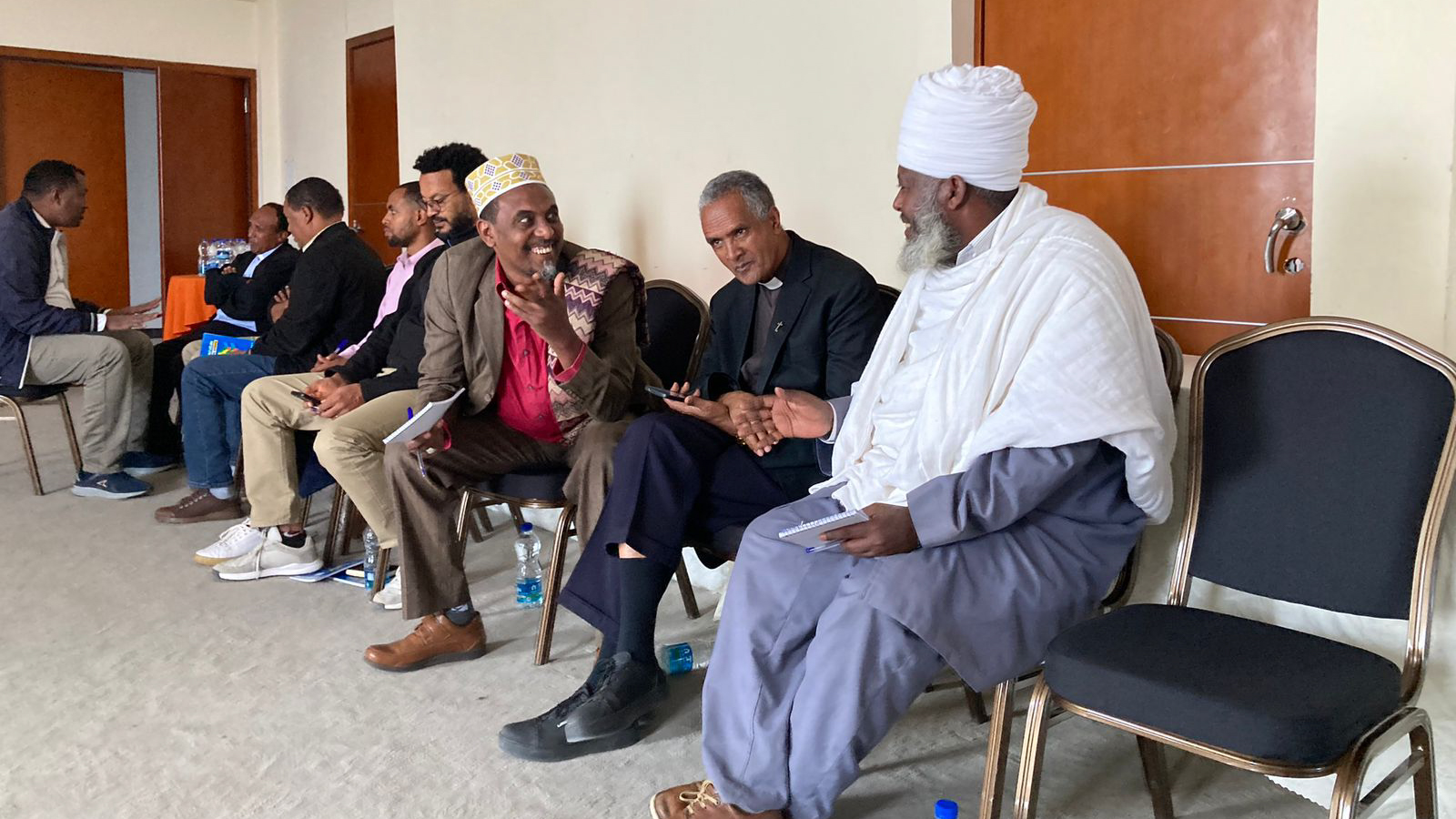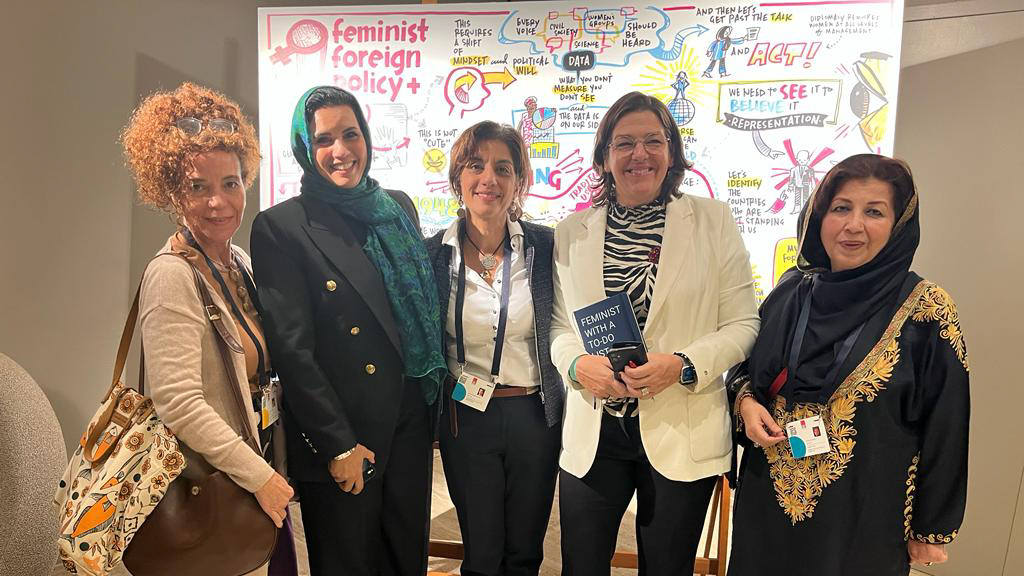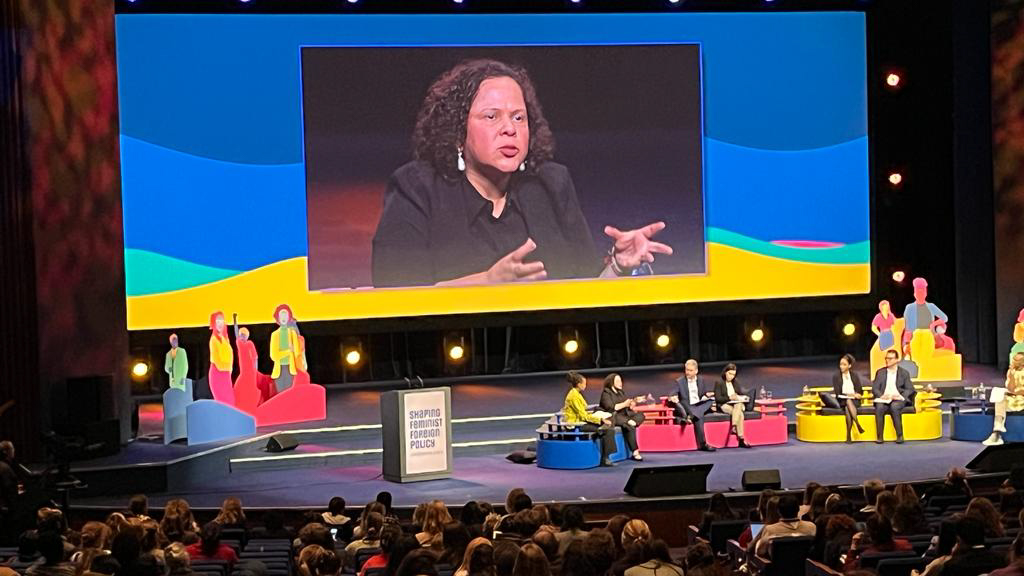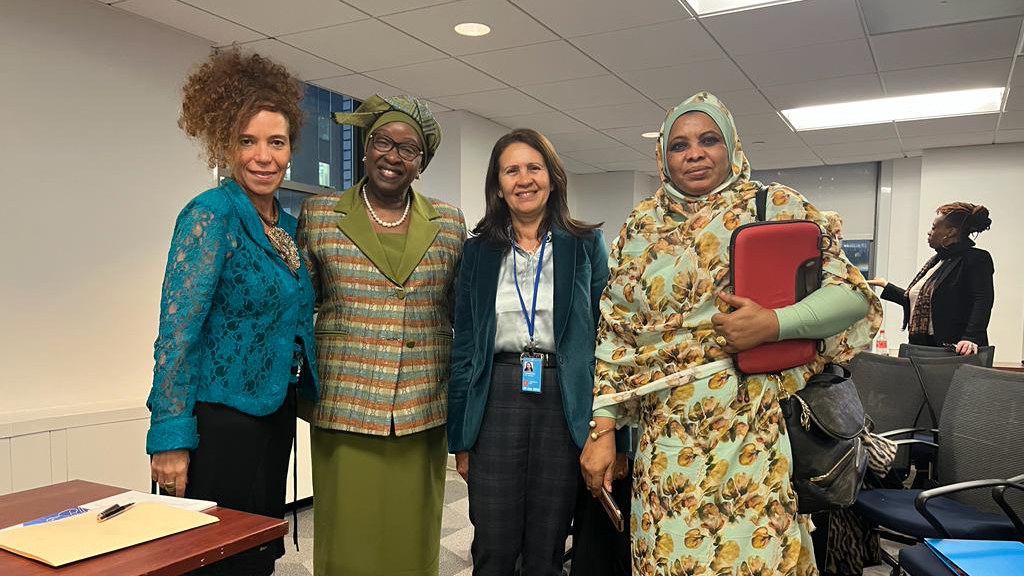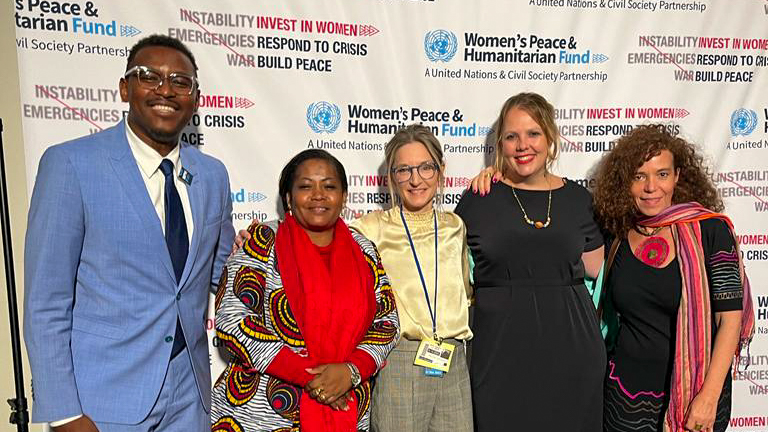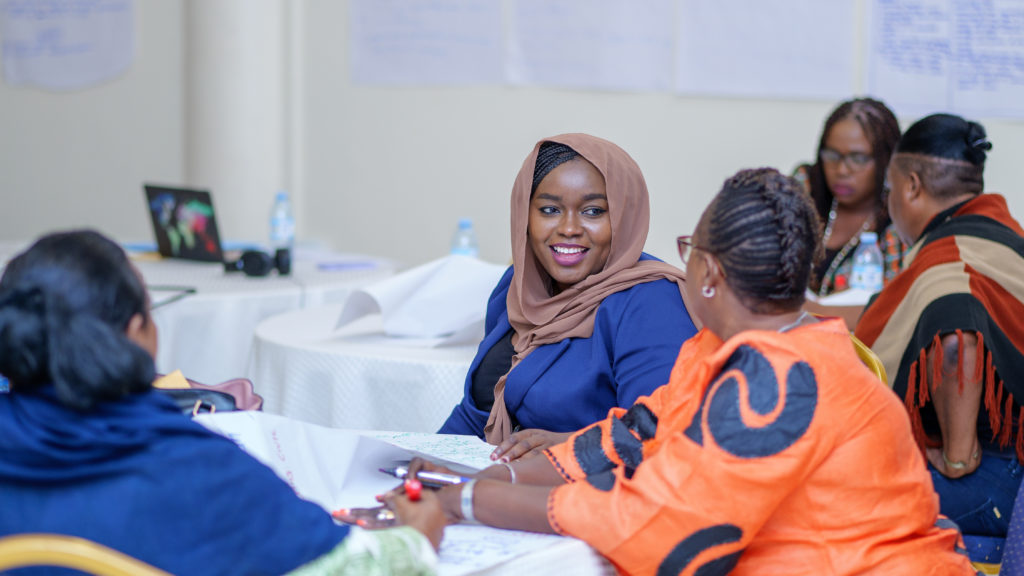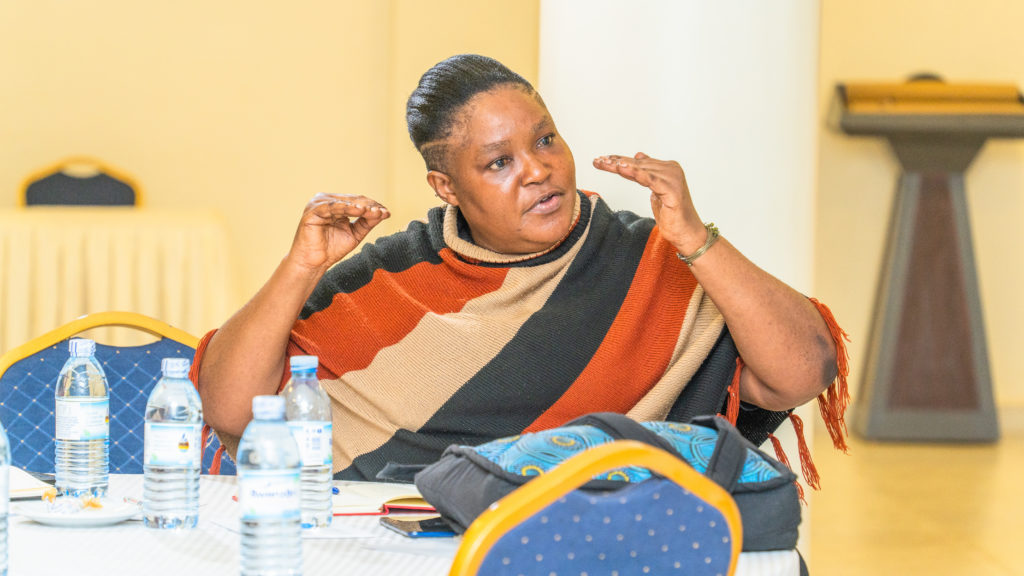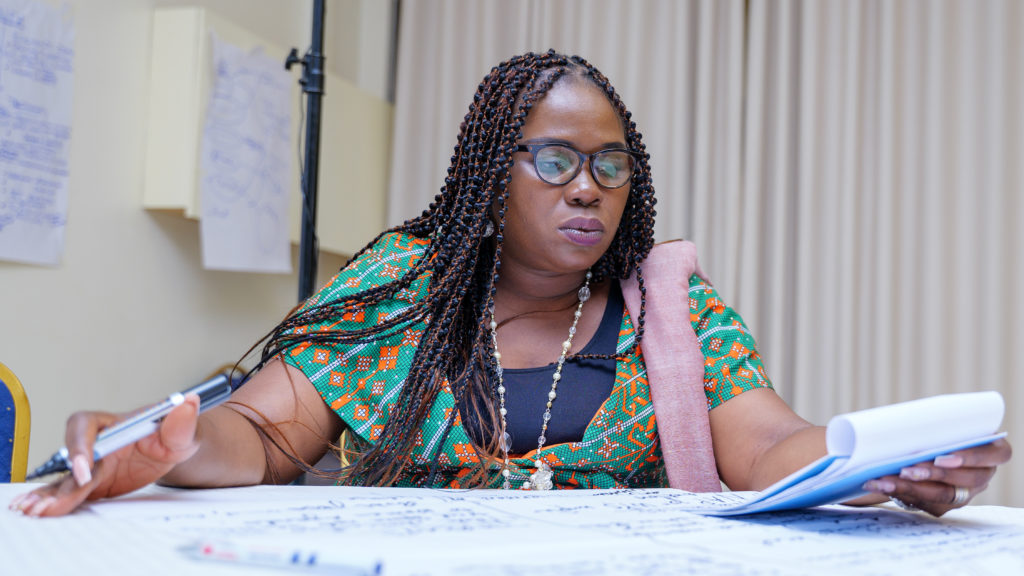While the recognition of the significance of mental health grows within the peacebuilding domain, there still is a tendency to overlook how important it is to address traumas before engaging in peace processes or national dialogues. As a part of our work to accompany religious leaders in Tigray, Ethiopia, Inclusive Peace recently helped organise a retreat focused on trauma healing. In this blog, Rainer Gude, our Peace Process Support Advisor, shares his insights and experiences.
“You walked with us, helped us recognize our own trauma, stayed with us in our pain, and helped us to drink from our own well and restore our ‘hilina.’”
Hilina is a word found in Tigrinya and Amharic and means both ‘conscience’ and ‘humanity’ and is both individual and collective. The words are from one of the participants in a recent trauma healing workshop with religious leaders in Tigray that I helped facilitate at the beginning of November. But what is Inclusive Peace doing in a trauma healing workshop and what does all this have to do with our work to support the national dialogue in Ethiopia?
A year on from the “Pretoria Agreement” that stopped the guns in Tigray, northern Ethiopia, many questions remain about how to move forward. One of them concerns trauma healing. Wars always leave wounds, visible or not, that take time to heal and sometimes those unhealed wounds stand in the way of what comes next.
In May of 2023, I went with a colleague to Mekelle, in Tigray on a listening tour to visit Religious Leaders. While at Inclusive Peace we specialize in national dialogues and peace processes and are doing what we can to support the Ethiopian National Dialogue in various ways, we also know from comparative experience that you have to meet people where they are. What came from that trip to Mekelle was that a national dialogue simply seemed too distant amid the religious leaders’ pain and trauma. Subsequently, we were explicitly asked to organize a trauma-healing retreat for religious leaders. And a few months later that is exactly what we did.
The retreat was held in the beginning of November in collaboration with our partner, the African Council of Religious Leaders (ACRL), an organization with expertise in trauma healing. ACRL has designed trauma healing retreats tailored specifically for religious leaders who are often traumatized on various levels: first as victims of a conflict themselves, then by hearing all that their communities have suffered as many people come to them seeking comfort, and lastly as they feel their powerlessness in the face of widespread trauma that they were not even necessarily “trained” to deal with.
What else can I say about those intense, sad, powerful, beautiful retreat days? Certainly, I am not the same person I was before. But besides that, I have seen the power, and necessity of trauma healing and how it is a gate-opener to dealing with other broader issues related to peace.
“First you deal with people’s pain, where they are, then you can move forward from there.” Trauma-healing expert, Alfred Kibunja, African Council of Religious Leaders
In my work with Inclusive Peace, I had come to understand our approach of accompanying actors in peace and political transition processes as an act of accompaniment, of “walking with” others. But I had not quite realized where that journey could begin. The retreat participants saw no interest or connection in speaking about the National Dialogue process at the beginning of the retreat. But after a week of collectively sitting with their pain and co-creating spaces for healing, they were ready.
In a process that can only be described as accompanying, walking with, and creating a safe shared space, different religious leaders of various ages and religious backgrounds, male and female, were finally permitted to share their pain. They could safely realize that it is OK to talk about it, OK to cry, and OK not to be OK. They also found that healing was within their reach and indeed in their hands. An analogy of the healing body came to me: Any doctor will tell you that doctors do not heal anyone, the body heals itself, and as a doctor, you can only help it along the way.
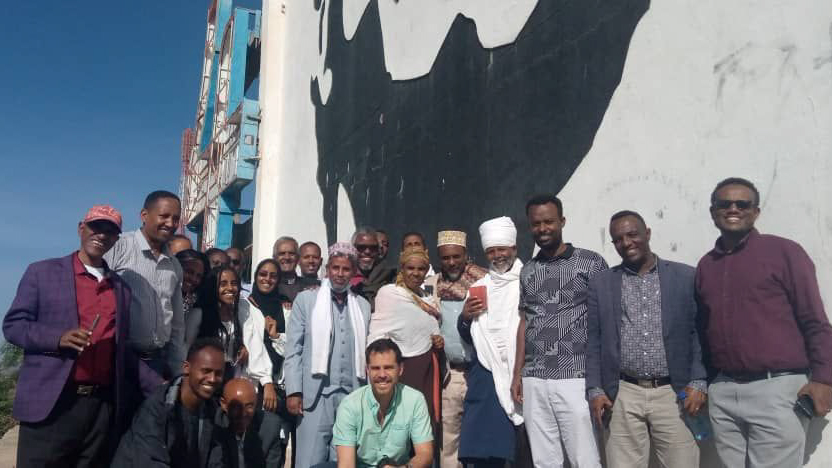
Speaking about peacebuilding or political solutions or even trying to mention national dialogue when people are not ready, even with all its positive potential, would be like trying to get a plant to grow by pulling it up from its stem: You risk unrooting it. You can nourish the plant’s roots where it is and give it the sunlight of hope.
No matter how urgent or necessary the peacebuilding and national dialogue and anything else may be, sometimes the best thing to do is pause and take a step back. Trauma healing in this context gave the participants a new perspective and new energy to move forward, to heal, to even imagine what their religious communities could contribute to a national dialogue, but even more importantly, what they could contribute to a better future.
During the retreat, the participants and I experienced that while the truth may not be relative, it is relational, and in restoring relationships with themselves and their community, they were on the path towards restoring the wounded relationships with their neighbors. They understand that healing (and even peace for that matter) is a journey, not a destination, and it is a journey that is better walked together. I, and we at Inclusive Peace, are honored to walk with them.

